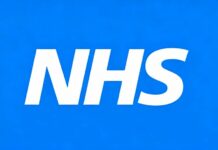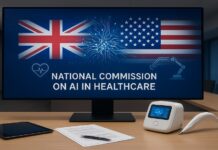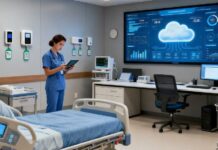Nothing beats the feeling of being safe and comfortable in your own home. However, a long hospital stay is sometimes necessary to make a full recovery. Nevertheless, being stuck in a ward or room for days or even weeks can be physically, mentally, and emotionally taxing. Fortunately, there are several things you can do to make your hospital stay as comfortable as possible. Let’s have a look at some of them:
Limit the Number of Visitors to Your Room
While the support and presence of loved ones are undoubtedly important in getting well, an influx of visitors can sometimes be overwhelming. Excessive visits can lead to disruptions in your routine, as well as hinder your rest and increase the risk of spreading infections. Thus, it’s best to limit the number of people who visit you at the hospital. This way, you can create a calmer and more controlled environment that allows you to rest and focus on your recovery. When expressing your request, make sure to communicate openly with friends and family about designated visiting hours and emphasise the importance of maintaining restful surroundings. Fewer but higher-quality visits with a few close individuals can be more meaningful and healing than a constant stream of visitors.
Bring Things That Can Make Your Bed More Comfortable
Hospital beds are often designed with a focus on function, so they may not always provide the same kind of comfort as your bed at home. For a more pleasant stay in the hospital, consider bringing your own pillow and blanket. If the space allows, you can even bring a mattress topper. Having familiar bedding can create a sense of home and improve the overall comfort of your sleeping arrangements.
Bring Things that Can Help Pass the Time
A long hospital stay can sometimes lead to periods of boredom, making you more susceptible to feeling sad, tired, and irritable. To avoid dwelling too much on these difficult emotions, it’s a good idea to bring items that can help pass the time and keep your mind stimulated. Books, puzzles, and even your smartphone and laptop (if allowed) can provide you with a welcome distraction from the challenges of the hospital environment. When you create a personal entertainment space within the hospital room, you can make your stay more enjoyable and alleviate feelings of isolation.
Pack Your Own Toiletries
Having your own personal hygiene items can enhance your comfort during a long stay, as using familiar products can give you a sense of normalcy and comfort in the midst of a hospital’s sterile environment. When packing a toiletry bag, make sure to add the following personal care items to help you feel refreshed throughout your hospital stay:
- Shampoo
- Conditioner
- Soap
- Toothpaste
- Toothbrush
- Deodorant
Bring High-Quality Sleepwear
Hospital gowns are necessary but they may not always be comfortable. Packing high-quality sleepwear, such as soft pyjamas or a nightgown, can make a considerable difference in your sleep experience in the hospital. Wearing your preferred sleep attire can create a more relaxing bedtime routine, contributing to better sleep quality and overall well-being during your hospital stay.
Ask a Loved One to Have Some Snacks and Food Delivered
Unless you’re on a restricted diet, there’s no harm in asking a loved one to bring home-cooked meals and favourite snacks whenever they visit. Having familiar and enjoyable options can make a significant difference in your overall satisfaction with meals, and give your body the nourishment it needs to recover completely. Before arranging food deliveries, however, it’s always a good idea to check with the hospital staff about any dietary restrictions or guidelines. This ensures that the food won’t interfere with your medication.
Practice Mindfulness
Mindfulness exercises, such as meditation, guided imagery, and deep breathing, can help you manage stress, anxiety, and other challenges of being in a hospital environment. To help you get started, you can use various apps and online resources to guide you through your mindfulness sessions. This approach can make it easier to integrate these calming practices into your day, enhance your emotional well-being, and cultivate a sense of calm amidst the uncertainties of your hospital stay.
Build Rapport with Your Caregivers
Having a friendly connection with your healthcare team can contribute to a more comfortable and supportive hospital experience. It also creates a sense of trust, so that you’ll feel more comfortable asking questions about your treatment plan and expressing your concerns or preferences with your caregivers. Moreover, it gives you a chance to recognise the efforts of the healthcare professionals who are dedicated to your care. Creating meaningful connections with your caregivers enhances the quality of your support system, and also contributes to a more positive and compassionate healthcare environment.

A lengthy hospital stay poses its own set of challenges. Nevertheless, there are plenty of tips that can help you navigate this period with a focus on personal well-being. Through these strategies, you can turn your hospital stay into a more personalised and comfortable experience that promotes healing and well-being throughout your recovery.



























